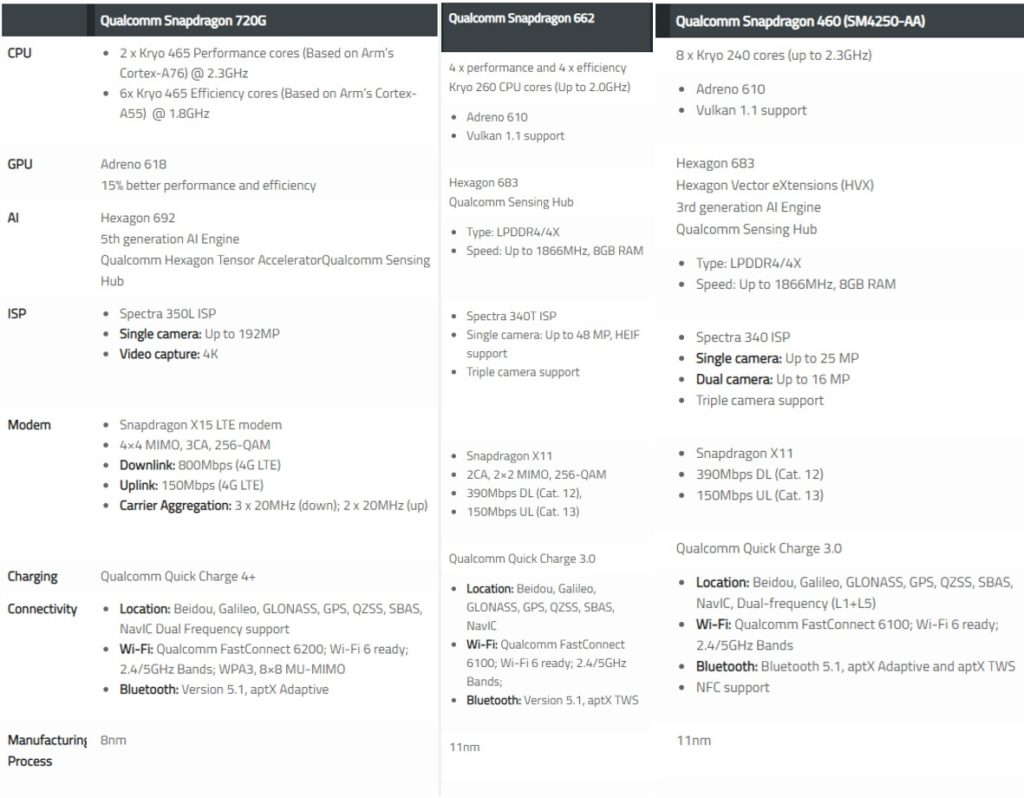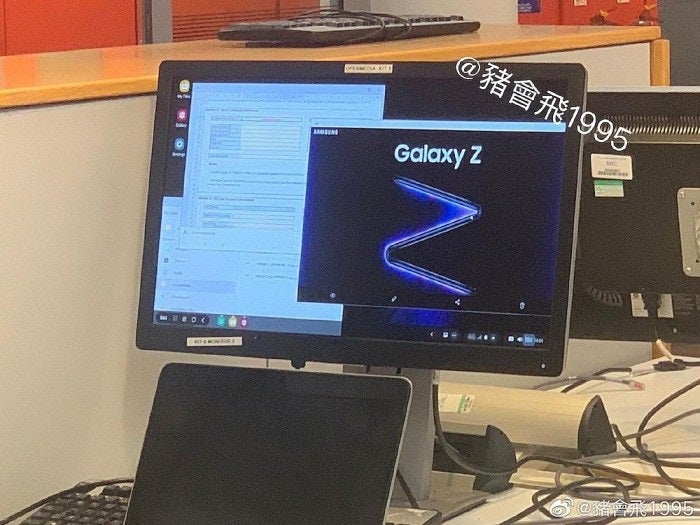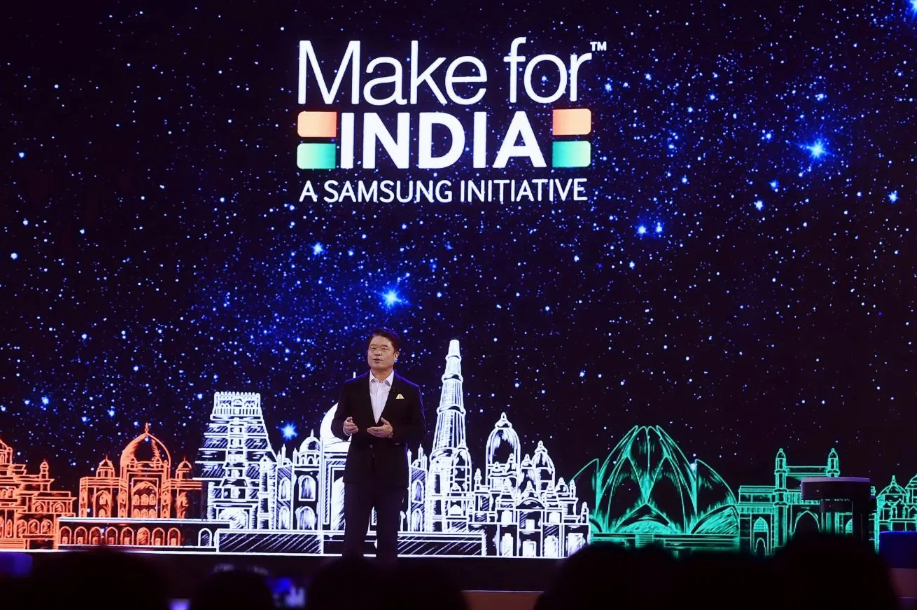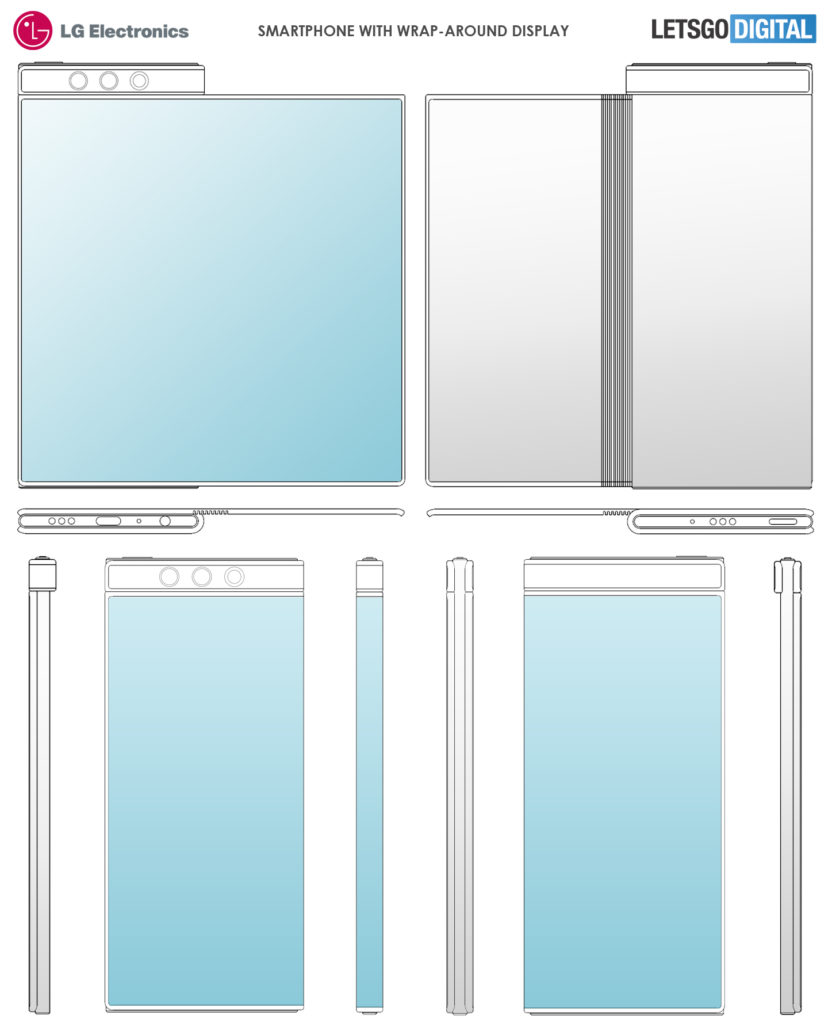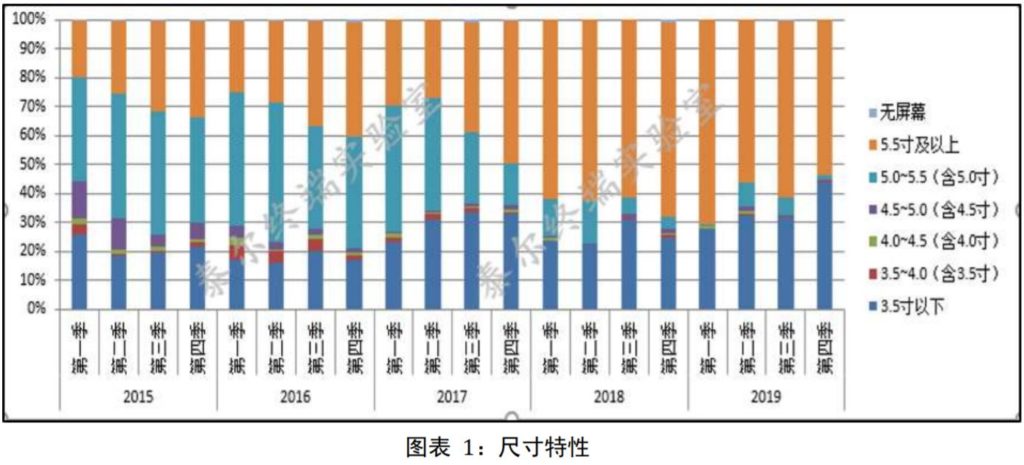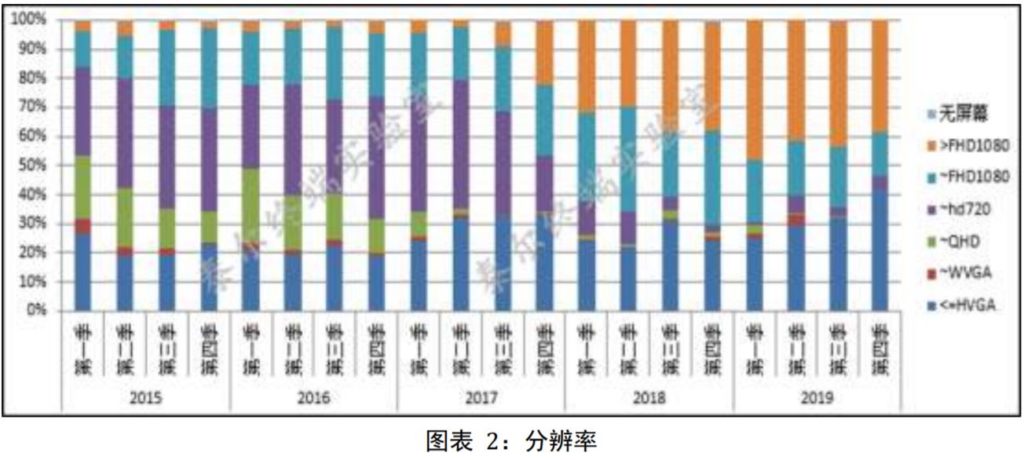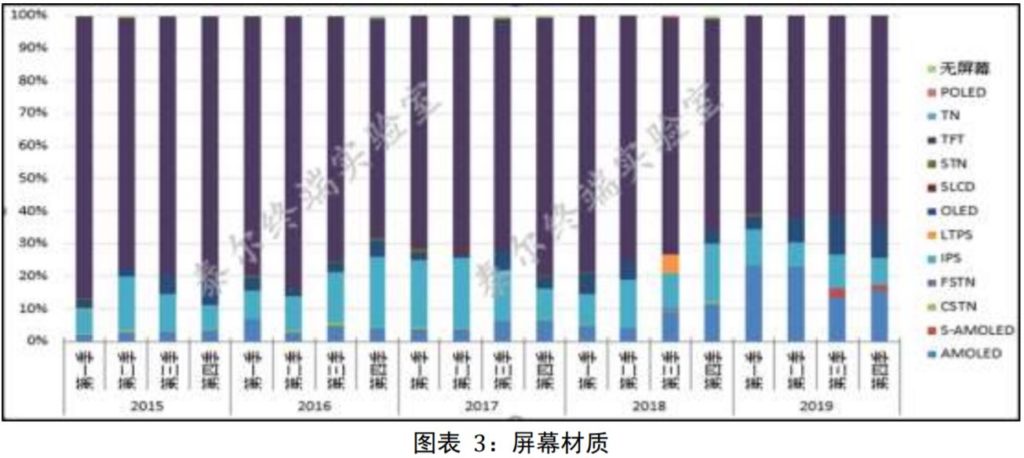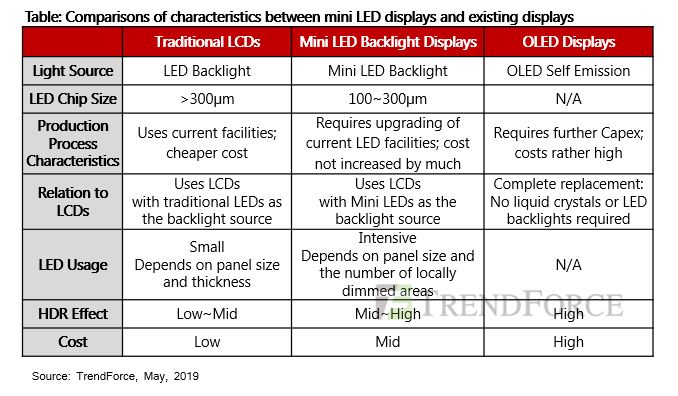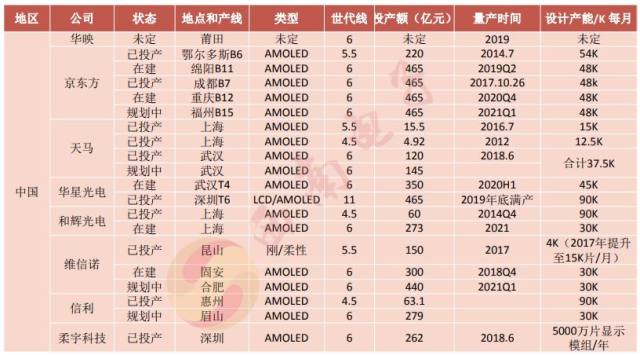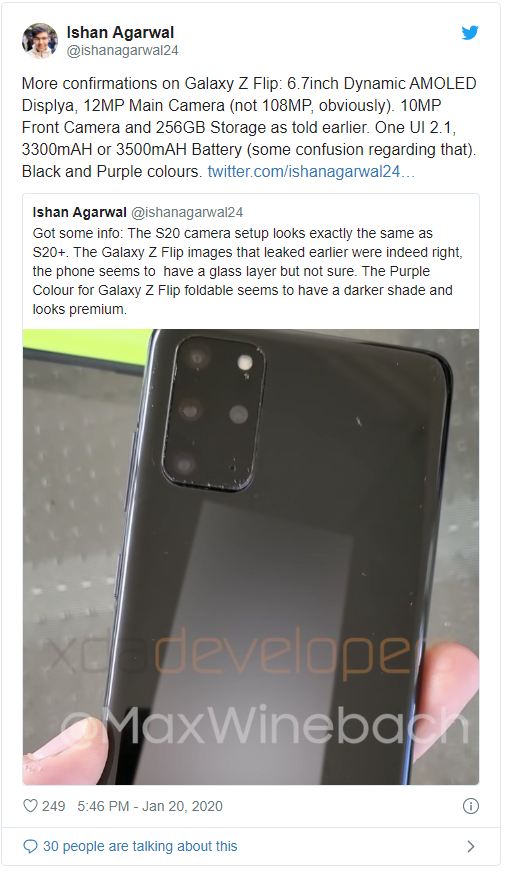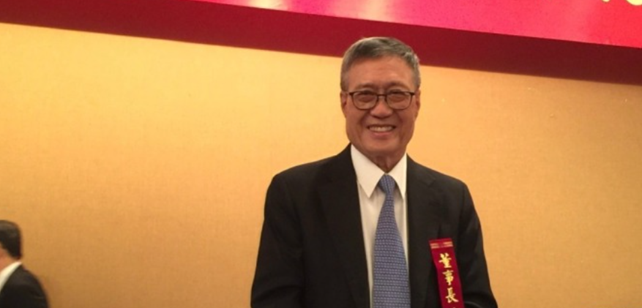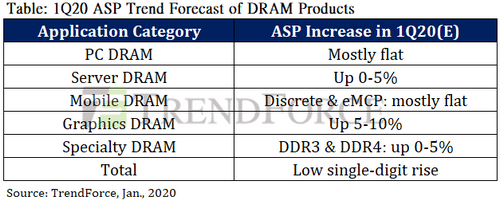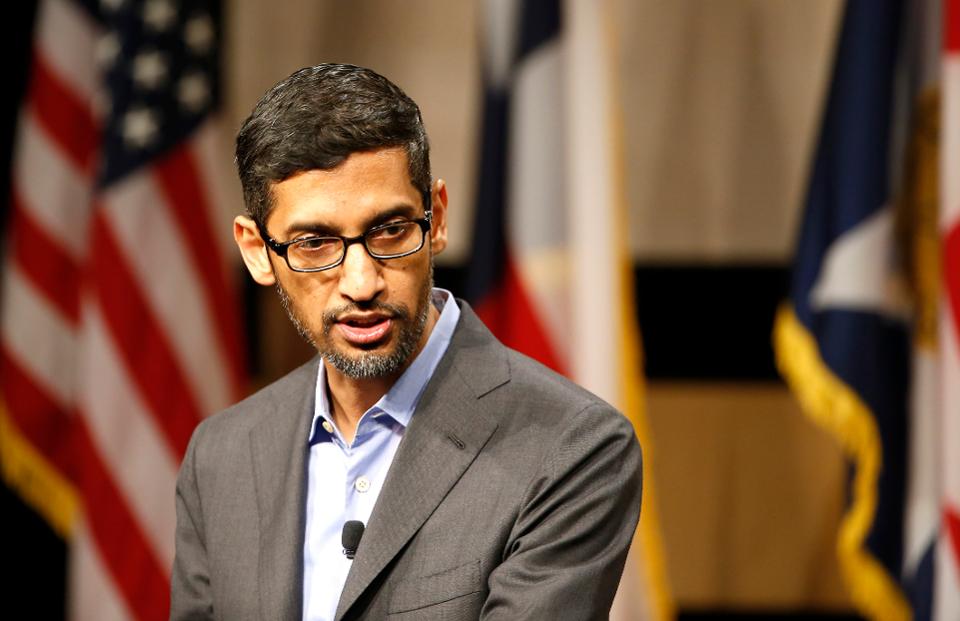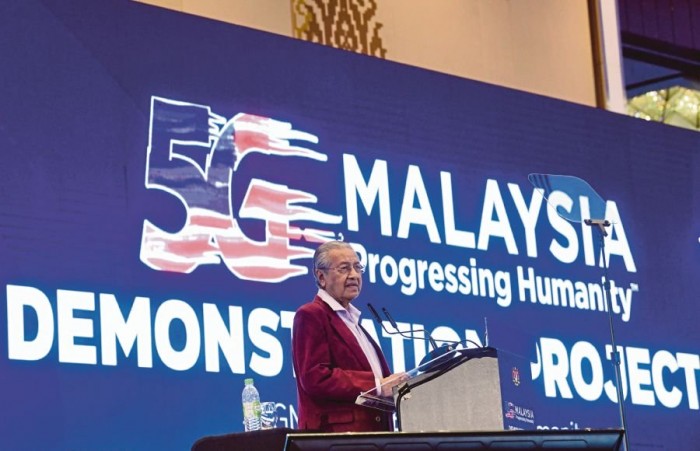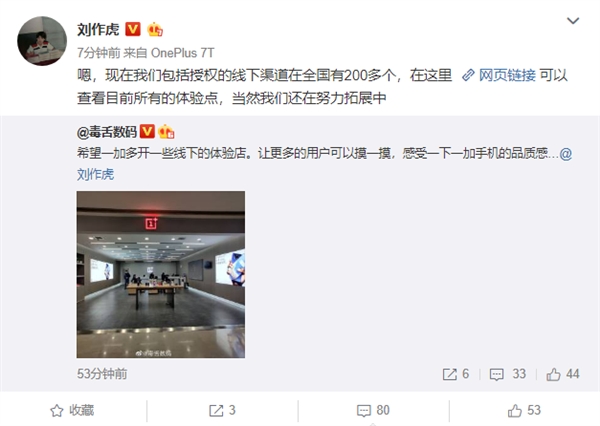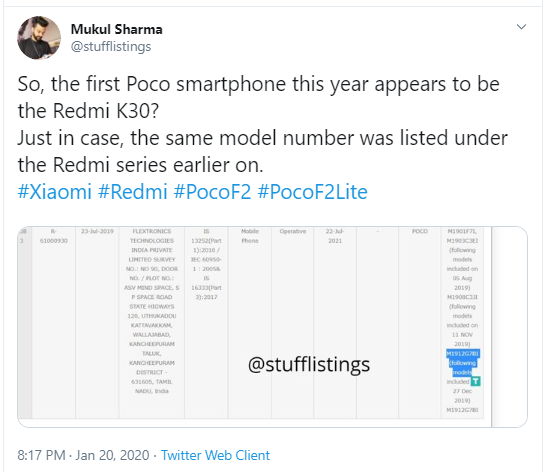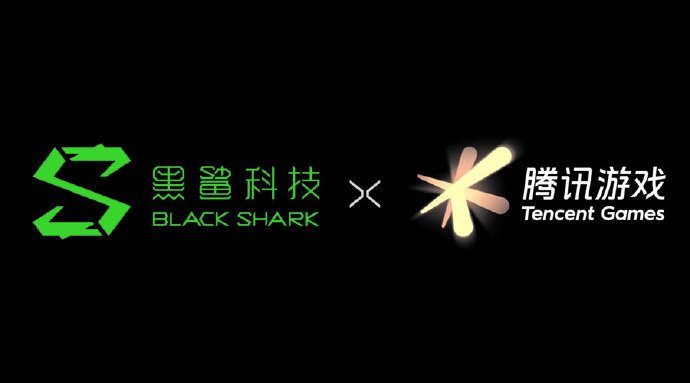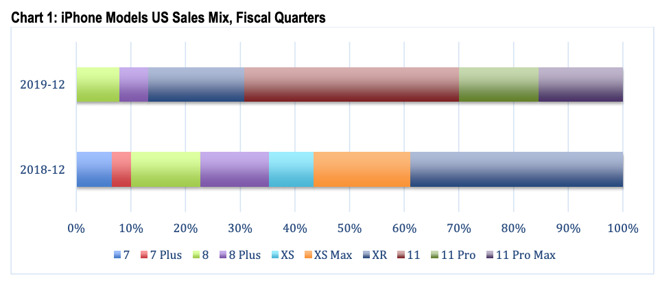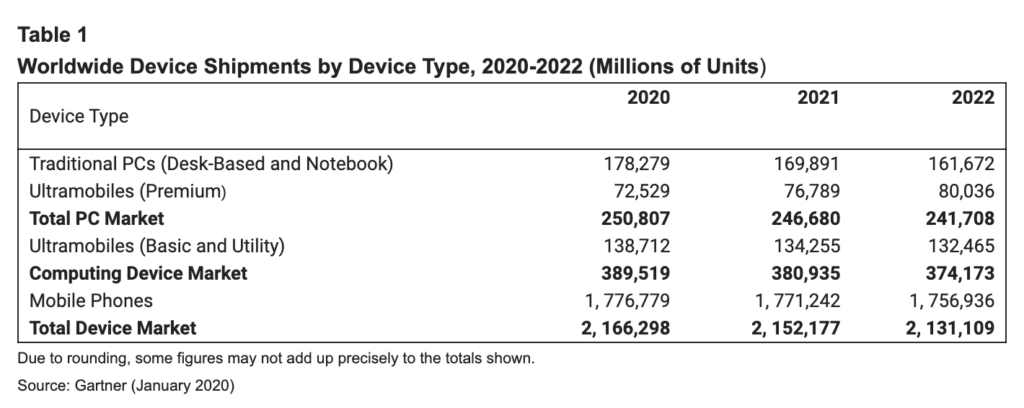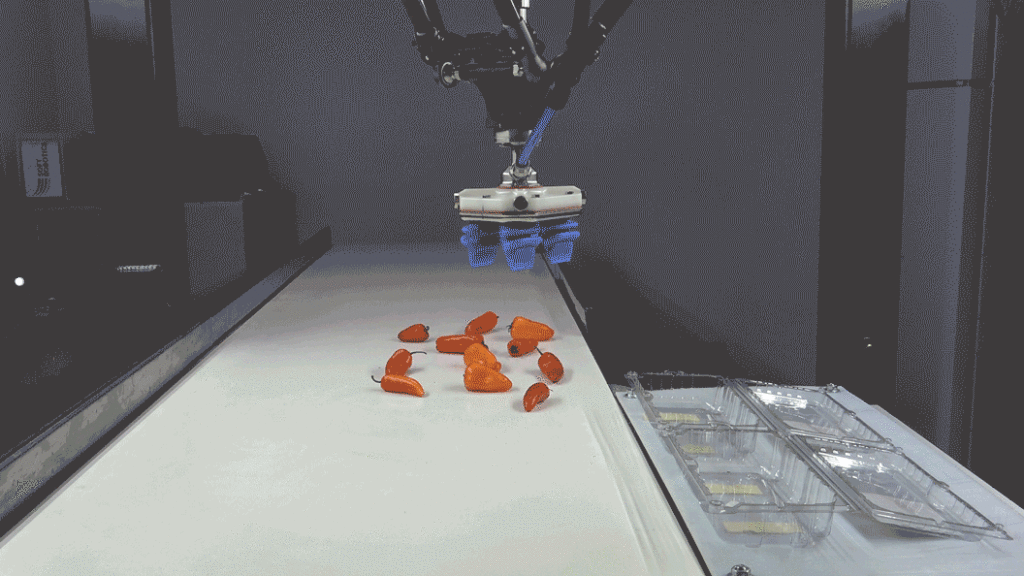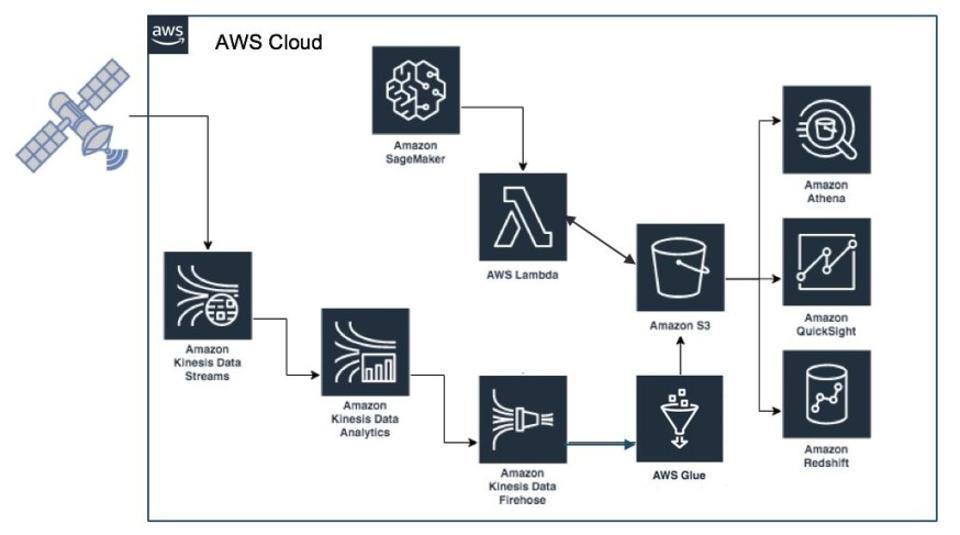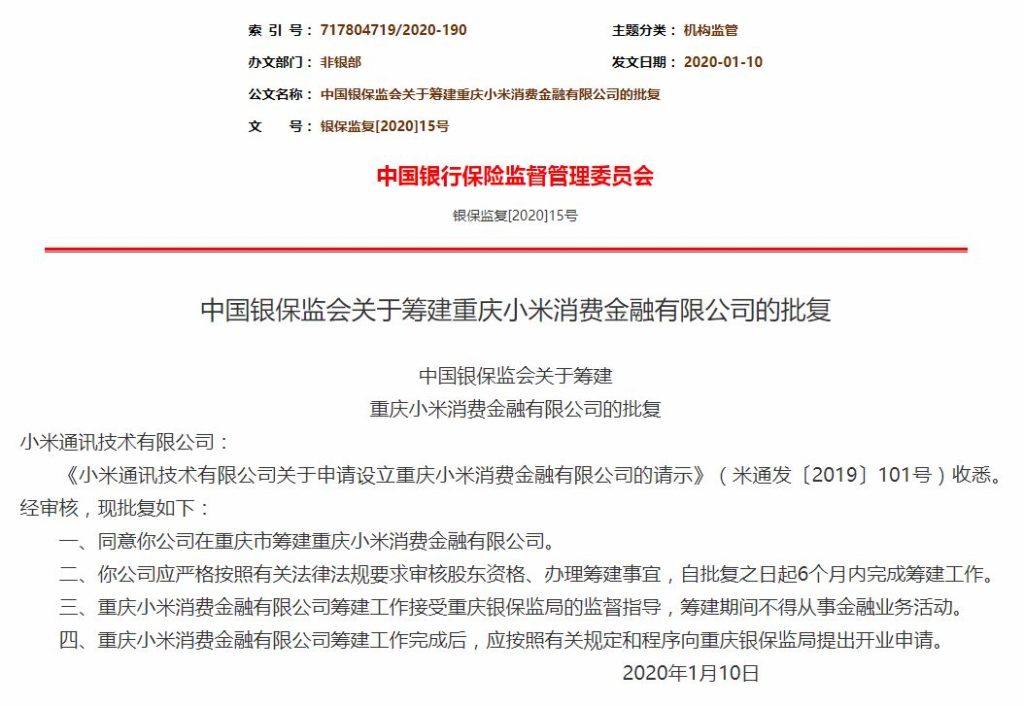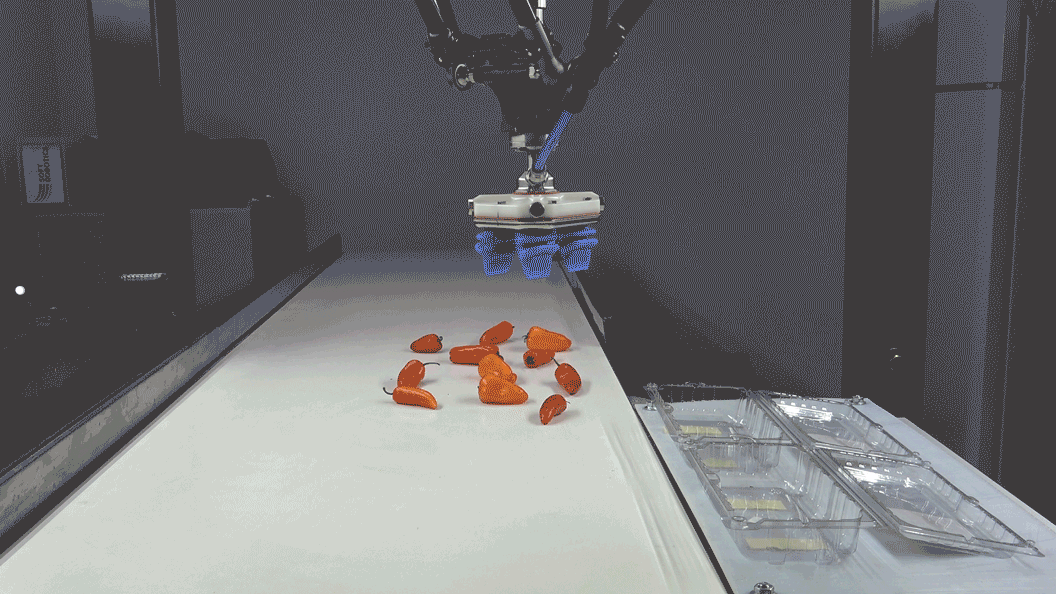
1-21: Samsung Electronics is investing USD500M in its India operations to set up a manufacturing plant; BOE Gen-6 flexible display factory at Chengdu output will increase by 2-3 times in 2020; etc.
Chipsets
Qualcomm has announced three new chipsets from its mid-range lineups, including the 4, 6, and 7 series—Snapdragon 460, 662, and 720G, and they are aimed at the 4G LTE market. (Neowin, Engadget, Android Central, XDA-Developers)
Touch Display
Samsung is reportedly working on a foldable phone ‘Galaxy Z’ allegedly features a dual-fold design. This makes the device more complicated than the first generation. (GizChina, IT Home, Gizmo China)
Samsung Electronics is investing USD500M in its India operations to set up a manufacturing plant on the outskirts of New Delhi to produce displays. The company has indicated that the plant would produce displays for smartphones as well as a wide-range of other electronics devices. (Gizmo China, TechCrunch, 163, My Drivers)
LG has patented a new smartphone design which features a wrap-around display. The patent showcases that apart from a thick frame border at the top, there are very thin borders on the bottom, left and right side. (Gizmo China, LetsGoDigital, Sina)
According to CAICT, in 4Q19, large-display phones with a size of 5” and above accounted for 55.0% of the mobile phones listed in China, of which 4G phones accounted for 75.9%. In terms of resolution, high-definition phones (HD720 and above) accounted for 57.1%. 2G mobile phone screen resolution is still dominated by HVGA, while 4G mobile phone HD accounted for 79.7%. (CAICT, report, CN Beta, My Drivers)
According to LEDInside, it is expected that 2020 will become the year of Mini LED, and the related supply chain operations in the industry will benefit simultaneously. From the aspect of LED supply, as new production capacity in mainland China starts to open in 2019, LED chip production capacity in 2019 will even increase to 16.2M pieces per month, so manufacturers’ inventory in 2019 is at a high level. This has led to oversupply in the market, coupled with the impact of the previous trade war, weak end-user demand, and the mainstream chip market price has maintained a downward trend. (Laoyaoba, UDN, LEDInside)
BOE Gen-6 flexible display factory at Chengdu has brought in new orders, and its output will increase by 2-3 times in 2020. Currently, BOE has established 2 world-leading Gen-6 flexible AMOLED production lines in Chengdu and Mianyang. The Gen-6 flexible AMOLED production line of BOE Chengdu is China’s first fully flexible AMOLED production line, and it is also the second Gen-6 flexible AMOLED line in mass production in the world. (Laoyaoba, Sina)
Camera
Samsung’s next rumored foldable phone ‘Galaxy Z Flip’ reportedly features 12MP main camera and 10MP front camera. The phone would feature 6.7” Dynamic AMOLED display. (GSM Arena, Android Central)
Memory
DRAM vendor Nanya Technology VP Joseph Wu has indicated that the overall average price of DRAM in 2020 may not be better than 2019, and may be slightly lower. It is expected that the sales volume of Nanya will increase 15% in 2020, and the DRAM price will decrease slightly by 1% -6%. (Laoyaoba, China Flash Market, China Times, Simmtester)
According to TrendForce, the consistent increase in DRAM spot prices since Dec 2019 and the power outage at Samsung’s Hwaseong fab on 31 Dec 2019 have not seriously impacted the supply side of the DRAM market. Memory buyers have furthered their willingness to build up inventories. Thus, TrendForce is again adjusting the 1Q20 DRAM contract price forecast to “slightly trending upward”, indicating an earlier-than-anticipated kickoff of the cyclical upturn. (TrendForce, TrendForce, press)
According TrendForce, the spot price of 8Gb DDR4 standard DRAM has risen to about USD3.5, which has increased by more than 10% since Jan 2020; the spot price of 4Gb DDR4 standard DRAM has increased to more than USD2, and the increase since January %about. As of 2020, buyers in the DRAM market have continued to purchase to build inventory, and the supply side has not opened up new capacity in the past year. In addition, the DRAM carrying capacity of terminal devices has increased significantly by more than 50%, pushing up spot prices. (Laoyaoba)
Biometrics
The EU’s proposal for a temporary ban on facial recognition technology has won backing from Alphabet Chief Executive Sundar Pichai but got a cool response from Microsoft President Brad Smith. While Pichai has cited the possibility that the technology could be used for nefarious purposes as a reason for a moratorium, Smith has said a ban was akin to using a meat cleaver instead of a scalpel to solve potential problems. (CN Beta, Japan Times, STL Today)
Connectivity
Japan has begun planning a comprehensive strategy for “post-5G” (6G) technology that achieves communication speeds that are 10 times faster than 5G by 2030. China, South Korea, and Finland have also started research and development and investment this segment, but Japan have been surprisingly slow with the adoption of 5G technology, and are hoping to make up with an early push toward 6G. (Gizmo China, Nikkei, Sina)
Malaysia Prime Minister Tun Dr Mahathir Mohamad has revealed that Malaysia is on track to commercially roll out 5G technology in 3Q20. He has also added that it ensure that they achieve target of providing every single citizen in this nation a decent standard of living by 2030. (CN Beta, The Star, New Strait Times)
Ericsson has recently outlined plans to open a 5G research and development center in France. The aim of this center is to facilitate the development of 5G software. The company has stated that “customer proximity is particularly important” as 5G rolls out. (GizChina, IT Home)
Phone
Pete Lau, the CEO and Co-Founder of OnePlus, has stated that the company has over 200 offline stores, which include its experience stores and even authorized sellers, with more expected to arrive soon after. These stores will include, and are not limited to, smartphones alongside the peripheral accessories like earphones and more. (Gizmo China, My Drivers)
POCO is set to unveil 3 new devices in 2020. They will be based on Mi models, mostly the K30 family. The brand is preparing to unveil its first phones as an independent brand, which will be called Pocophone F2. (GSM Arena, Twitter)
Tencent Games has announced its plans to work together with Black Shark on devices for both hardware and software optimizations. The new deal with Black Shark will focus on cooperation in the field of gaming phones with the end goal of giving users an improved mobile gaming experience. (GSM Arena, Weibo, Sparrow News, TechNode, Tencent)
Consumer Intelligence Research Partners (CIRP) claims for the three months ending Dec 2019, Apple iPhone 11, iPhone 11 Pro, and iPhone 11 Pro Max accounted for 69% of U.S. iPhone sales. On a model-specific basis, the iPhone 11 made up over half of those units, occupying 39% of total iPhone sales, while the Pro and Pro Max each achieved a 15% share. (GSM Arena, Apple Insider)
Apple has begun selling certified refurbished iPhone XS and iPhone XS Max models for the first time since the devices are released in Sept 2018. (GSM Arena, Apple, Mac Rumors)
Gartner predicts that a push from new 5G technology will lead to total shipments of 2.16B units devices — include PCs, mobile handsets, watches, and all sizes of computing devices in between — working out to a rise of 0.9% compared to 2019. Gartner predicts that 5G devices will account for 12% of all mobile phone shipments in 2020 as handset makers make their devices “5G ready”, with the proportion increasing to 43% by 2022. (Gartner, TechCrunch, CN Beta)
vivo’s sub-brand iQOO will reportedly enter the India market in Mar 2020 and will function as an entirely separate entity from vivo. (Gizmo China, 91Mobiles, IT168)
Augmented / Virtual Reality
Lenovo is launching Lenovo VR Classroom 2, which is a brand new standalone VR headset with 3DoF movement and a motion controller. Lenovo is designating this kit as a complete solution for teaching with VR, as it provides all the hardware, content, LanSchool device management, training, and support needed to use it, and is designed specifically for middle and high schools. (Android Central, Lenovo, Sina)
Robotics
Robotics startup company Soft Robotics has closed its Series B round of funding, raising USD23M. Soft Robotics has previously announced a strategic partnership with FANUC to integrate Soft Robotics’ mGrip adaptable gripper system with any FANUC robot through the deployment of a new controller. (TechCrunch, Business Wire)
Artificial Intelligence
Google and Alphabet CEO Sundar Pichai has laid out his case for greater regulation of artificial intelligence (AI). He has spotlit the perils of “nefarious uses of facial recognition” as well as deepfakes. He suggested that regulation should be nuanced, balancing mitigation of “potential harms” with space for “social opportunities”. (Phone Arena, Financial Times, The Verge, 9to5Google, Forbes, East Money)
NASA and Amazon Web Service (AWS) are working together to use artificial intelligence to protect Earth from solar superstorms. As the world becomes ever more wired, solar coronal mass ejections (CME) represent a significant threat to countries around the globe. (CN Beta, Geek Wire, Forbes, Amazon)
Fintech
The China Banking and Insurance Regulatory Commission (CBIRC) has announced that it has permitted Xiaomi to set up a consumer finance company in Chongqing, China. The consumer finance outfit has as its key shareholders Chongqing Rural Commercial Bank (CRCB), and three other Chongqing-based companies. Proposed registered capital is set at CNY1.5B (USD218.6M). (Gizmo China, TechNode, CBIRC, JRJ)
